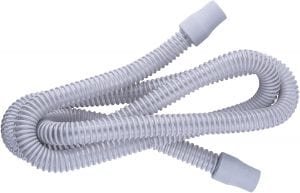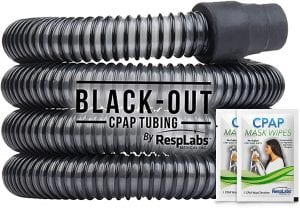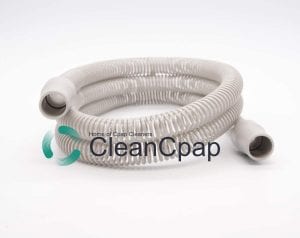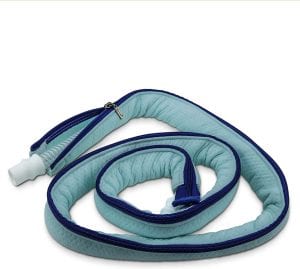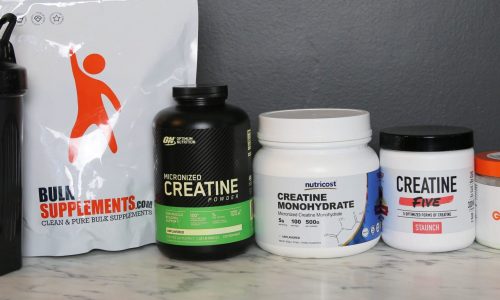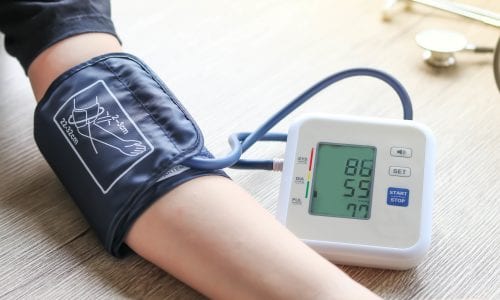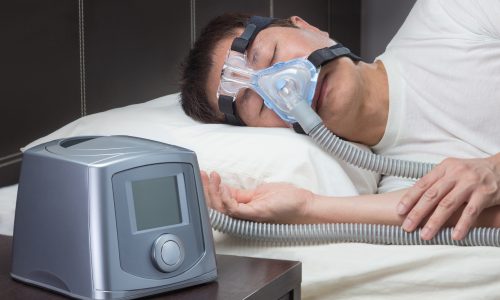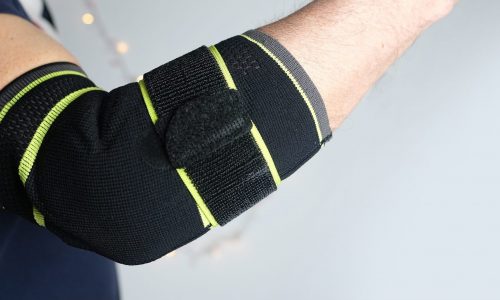The Best CPAP Hose
We looked at the top 4 CPAP Hoses and dug through the reviews from 6 of the most popular review sites including and more. The result is a ranking of the best CPAP Hoses.
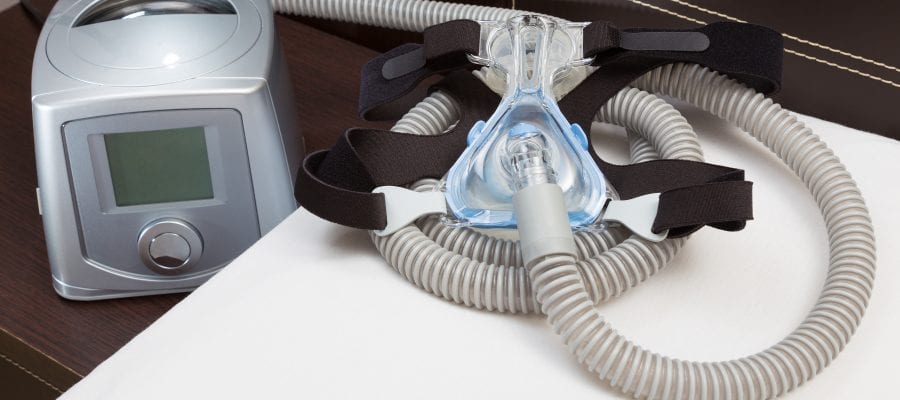
Our Review Process
Don't Waste Your Money is focused on helping you make the best purchasing decision. Our team of experts spends hundreds of hours analyzing, testing, and researching products so you don't have to. Learn more.
Our Picks For The Top CPAP Hoses
The standard 22mm rubber end connectors on each end means this hose fits most airway pressure machines, including CPAPs, APAPs, BIPAPs and BiLevel systems. The hose is flexible, so you'll find it easy to maneuver around the pillow and the bed to find the perfect position to support you while you sleep. It's recommended that you replace this hose ev...
Flexible End ConnectorsThe flexible rubber connectors at each end of this hose makes it compatible with a wide range of CPAP machine types, including pillows.
This 6-foot hose is available in a variety of colors to let you match your own decor. It arrives with two extra cleaning wipes for taking along with you when you travel, as well as a book that suggests more than 100 hacks to keep you comfortable while using a CPAP machine. It's compatible with a variety of CPAP machine types, including the AirSense...
Variety of ColorsChoose your color with this 6-foot hose, which comes in black, pink and grey, as well as a 10-foot black version.
The Clean CPAP series comes with a money-back guarantee. If you aren't satisfied with it, simply return it for a full refund. It's compatible with the vast majority of CPAP, BiPAP and BiLevel systems on the market today, giving you a pretty good chance that it will work with your machine. The smooth interior and corrugated exterior are designed to ...
Built for FlexibilityThe design of this hose gives it enhanced flexibility, making it easy to maneuver around bedposts and pillows.
This cover puts a layer of soft fabric between your skin and the hose for superior comfort. This hose is also functional, though, promising to reduce condensation. A zipper makes it easy to get it on and off the hose, and you can machine wash it and air dry it between uses.
Protective CoverKeep the exterior of your CPAP hose clean with this protective cover.
Buying Guide
An estimated 22 million Americans suffer from sleep apnea, with 80 percent of moderate to severe cases thought to be undiagnosed. Those who suffer from this disorder have difficulty breathing during sleep, with the brain waking them up throughout the night to resume breathing.
Whether they’re aware they have it or not, those who suffer from sleep apnea suffer serious health risks. It’s been linked to high blood pressure, heart failure, stroke and other cardiovascular issues, as well as diabetes and depression. In addition to these risks, sufferers are sleep deprived, which can lead them to be unfocused and sleepy throughout the day, potentially even leading to a risk of an accident.
If your doctor suspects you have sleep apnea, the only way to conclusively prove it is to do a sleep study. Traditionally, this has meant going to a location where your sleep was physically observed, but today this can be done using technology. There are even at-home sleep tests that will keep you from having to spend the night in a lab.
The most common treatment for sleep apnea is a CPAP machine. Short for continuous positive airway pressure, this equipment delivers steady air pressure through a hose connected to the machine. A mask is attached to the other end and fitted over your face each night while you sleep. The amount of pressure the machine emits is based on your needs.
Since weight is a contributing factor to sleep apnea, your medical provider may also suggest you shed some pounds. You could be advised to avoid sleeping on your back, as well. If you aren’t comfortable with a CPAP machine, there’s a device called a Mandibular Advancement Device that adjusts the set of your mouth to improve breathing. As a last resort, surgery might be recommended, but this is usually not necessary.
Why we recommend these cpap hoses?
Products Considered
Products Analyzed
Expert Reviews Included
User Opinions Analyzed
Our experts reviewed the top 4 CPAP Hoses and also dug through the reviews from 6 of the most popular review sites including and more. The result is a ranking of the best of the best CPAP Hoses.
DWYM is your trusted roduct review source. Our team reviews thousands of product reviews from the trusted top experts and combines them into one easy-to-understand score. Learn more.
The Best Bang For Your Buck
Clean Cpap Premium Universal Cpap Hose, 6-Foot
Key Takeawy
The Clean CPAP series comes with a money-back guarantee. If you aren't satisfied with it, simply return it for a full refund. It's compatible with the vast majority of CPAP, BiPAP and BiLevel systems on the market today, giving you a pretty good chance that it will work with your machine. The smooth interior and corrugated exterior are designed to give you extra flexibility without constricting your airflow in a variety of positions.
What other experts liked
What other experts didn't like
What to Look For
- The hose is a very important part of your CPAP’s operations. Make sure you choose one that’s long enough to reach and that will have the flexibility to work its way around bed frames and pillows.
- Not all hoses work with all CPAP machines. Check compatibility. Most manufacturers list which machines they work with in the specs. Most hoses are 19mm in diameter, making them standard. If you see a 15mm hose, it’s a slimmer hose that’s compatible only with select machines. The connector should be 22mm to be compatible with most CPAP masks.
- Condensation is an ongoing issue with CPAP hoses. Heated hoses cut down on condensation, although you’ll probably never get away from it completely.
- As with any product that spends time in moist conditions, CPAP equipment can build bacteria over time. For best results, wash your hose with mild soap or shampoo every morning upon waking, then let it air dry.
- On a regular basis, inspect your hose for cracks or holes, as well as signs of mold or bacteria. While proper care can extend the life of your hose for as long as a year, some hoses have a replacement recommendation of every two to three months.
- Pay close attention to the reach you’ll need between the CPAP machine and where you’ll sleep. Many CPAP hoses are 6-feet long, but you can find some that are 10 feet. You’ll want a little extra room to move around during the night, so keep that in mind as you measure.
- Chances are, you travel at least every now and then, and you’ll want to make sure you can take your CPAP machine along with you. Most are portable enough to easily pack in a suitcase or bag but keep in mind that you’ll need to clean it while you’re on the road. As you’re planning any trip, make sure you’ll have access to hot water, soap or shampoo and a somewhat sterile place to allow your mask and hose to air dry during the day. This could be a problem if you’re spending the week camping in the middle of the woods. Wipes can help in those situations.
More to Explore
There are three types of sleep apnea medical professionals look for when diagnosing. One is obstructive sleep apnea, which means the airway is blocked while you’re sleeping. Often this happens because your tongue collapses against your soft palate, which then collapses to the back of your throat. Another is central sleep apnea, in which your airway isn’t blocked at all, but your brain doesn’t signal the muscles to breathe as it should. The third type is a combination of both of those, known as complex sleep apnea. Whatever the physical reasons, when it happens, you briefly wake, even if you aren’t aware of it. Since this can happen hundreds of times over the course of a night’s sleep, you can imagine why it could present a problem.

